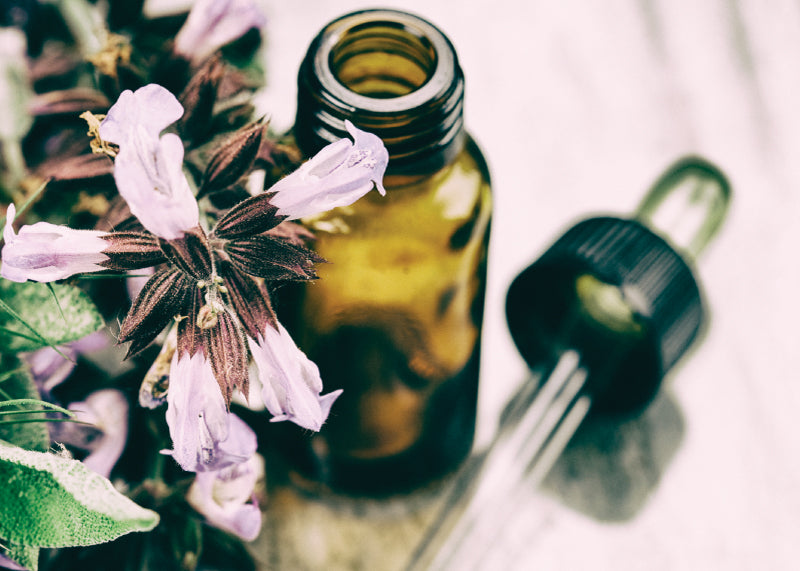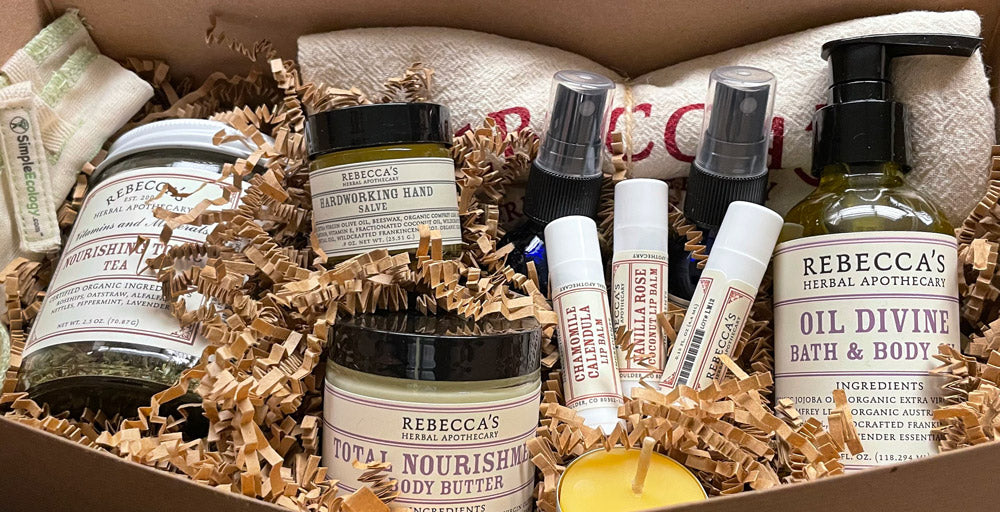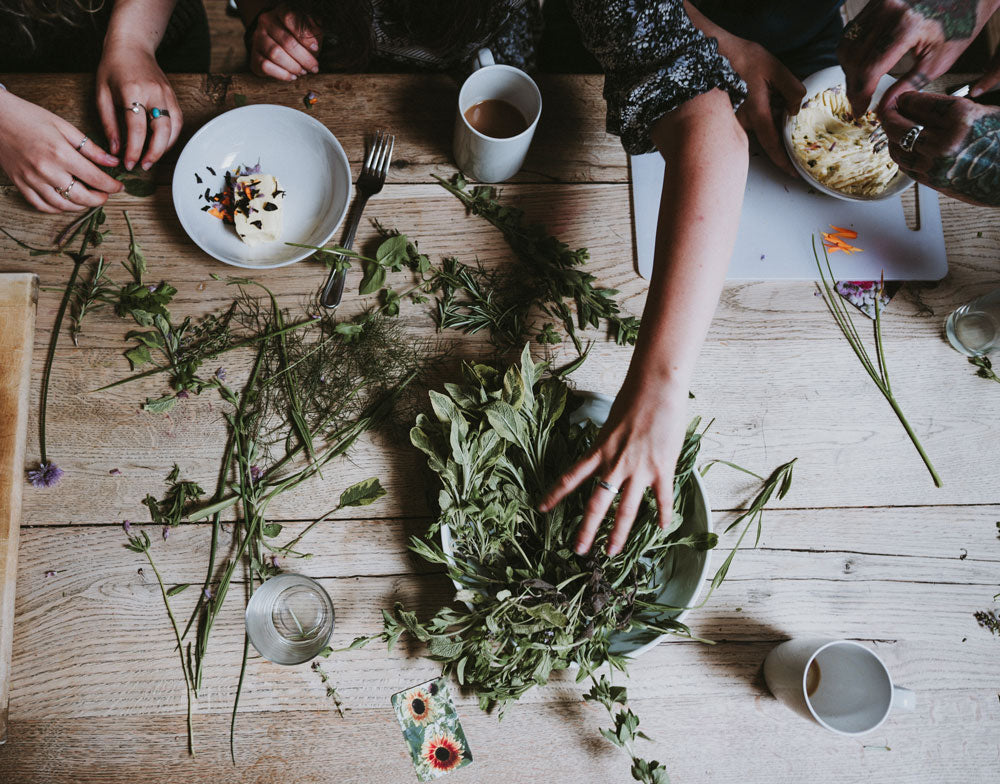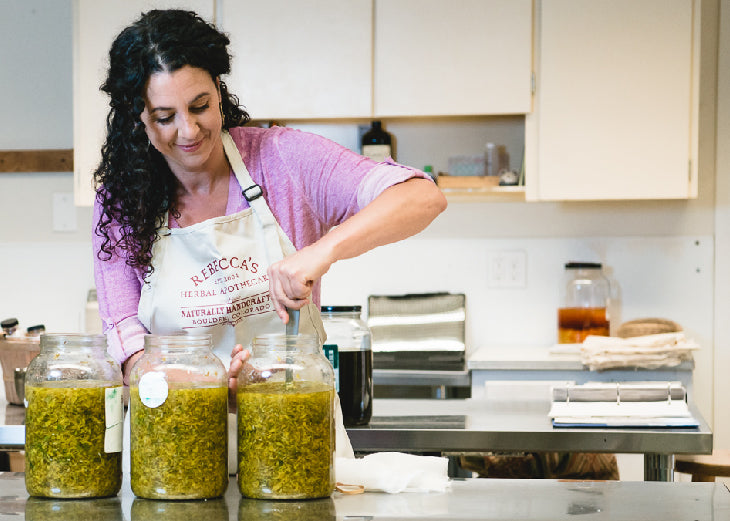Herb Article
Jasmine
 Herb
HerbJasmine
Latin Name
Jasminum officinale, J. grandiflorum
Family
Oleaceae
Parts Used
Flowers
Medicinal Properties
In the language of flowers, the White Jasmine is said to symbolize deep affection, happiness, and elegance. This lovely and delicate flower is grown throughout Asia, including upwards of two hundred different species. In India it is a sacred flower known as "moonlight of the grove", and is traditionally woven into bridal wreathes. In China it is a symbol of feminine sweetness and beauty, and the flower's oil has been used to scent women's hair and bodies in India for centuries.
There are few flowers that match Jasmine's essential oil in its intoxicating perfume, sweetness, and beauty. As an herbal remedy however, Jasmine is often overlooked and underutilized. It has been used in healing traditions for many centuries and is a powerful ally for women and the female reproductive system. The flowers will help to calm the nerves, soothe emotional woes, relieve heavy painful periods, PMS, and tension headaches. It can help to harmonize the menstrual cycle and is a nice general tonic for the reproductive system. The tea of Jasmine flowers is also known to be an aphrodisiac, and has been used to stimulate low sexual drive.
Jasmine is useful for a range of respiratory issues including infections, coughs, difficulty breathing and also for infections in the genito-urinary system. Topically it makes a beautiful bath for dry and irritated skin, and as a cool compress it can ease eye inflammation.
Cautions and Contraindications
There are no reports of contraindications or side effects when used properly.
Recipes
Moon Time Madness
This tea blend is helpful for regulating menstrual related irritability and tension.
2 parts Jasmine
2 parts Linden
1/2 part St. John's Wort
1/2 part Passionflower
1/4 part Hibiscus
pinch of Ginger
(parts are by volume)
Use 1 Tablespoon of tea blend per cup of water, pour hot water over herbs and steep (covered) for 15-20 minutes.
Starlight Smudge
In magical traditions, burning Jasmine as incense is said to induce prophetic dreams. The additional herbs in this blend are added as a support, to protect the dreamer and ease the transition into other worlds.
Jasmine
Elder flower
Hawthorne leaf/flower
Yarrow
Take a small pinch of each herb and burn on a charcoal disc as you prepare for sleep. If burning indoors be sure the area is well-ventilated.
Resources
Cunningham's Encyclopedia of Magical Herbs by Scott Cunningham
The Desktop Guide to Herbal Medicine by Brigitte Mars
Flower Power by Anne McIntyre
Culpeper's Color Herbal edited by David Potterton
Herbal Vade Mecum by Gazmend Skenderi




